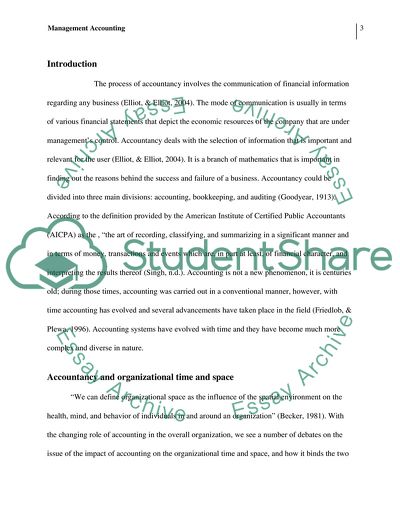Cite this document
(Role of Accountants in Managing Contemporary Organizations Research Paper - 3, n.d.)
Role of Accountants in Managing Contemporary Organizations Research Paper - 3. Retrieved from https://studentshare.org/finance-accounting/1745748-management-accounting
Role of Accountants in Managing Contemporary Organizations Research Paper - 3. Retrieved from https://studentshare.org/finance-accounting/1745748-management-accounting
(Role of Accountants in Managing Contemporary Organizations Research Paper - 3)
Role of Accountants in Managing Contemporary Organizations Research Paper - 3. https://studentshare.org/finance-accounting/1745748-management-accounting.
Role of Accountants in Managing Contemporary Organizations Research Paper - 3. https://studentshare.org/finance-accounting/1745748-management-accounting.
“Role of Accountants in Managing Contemporary Organizations Research Paper - 3”, n.d. https://studentshare.org/finance-accounting/1745748-management-accounting.


